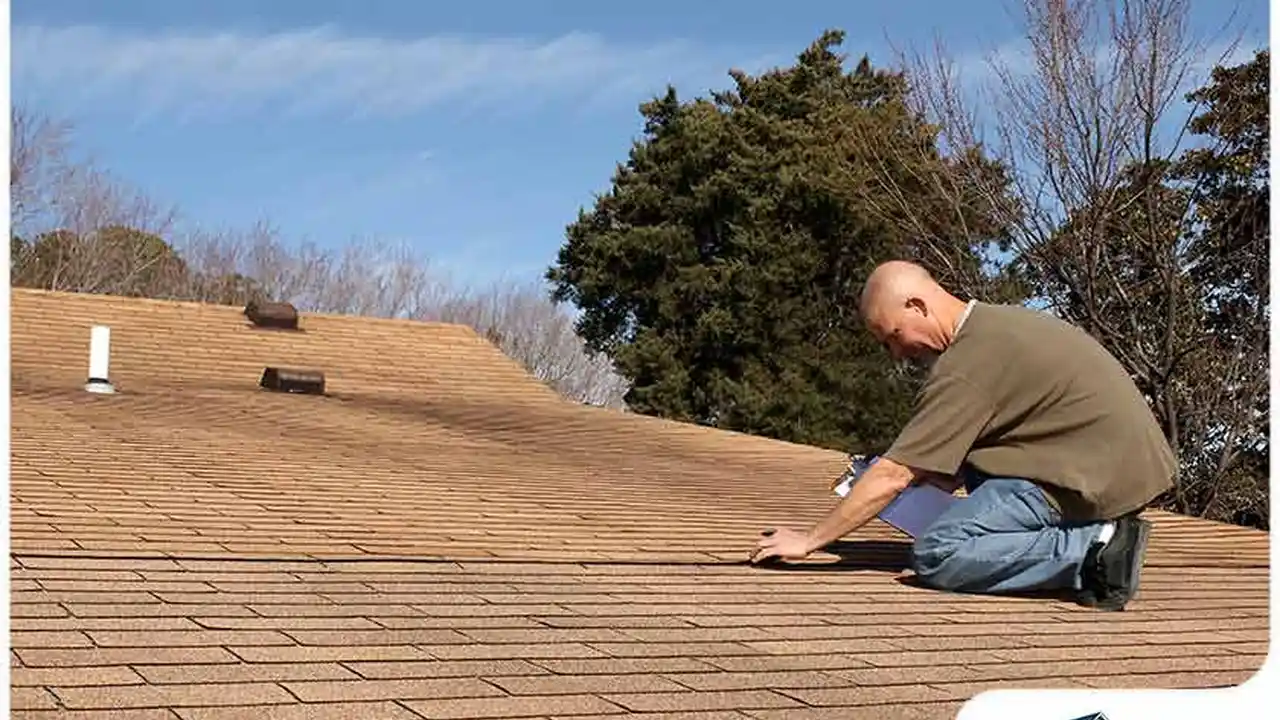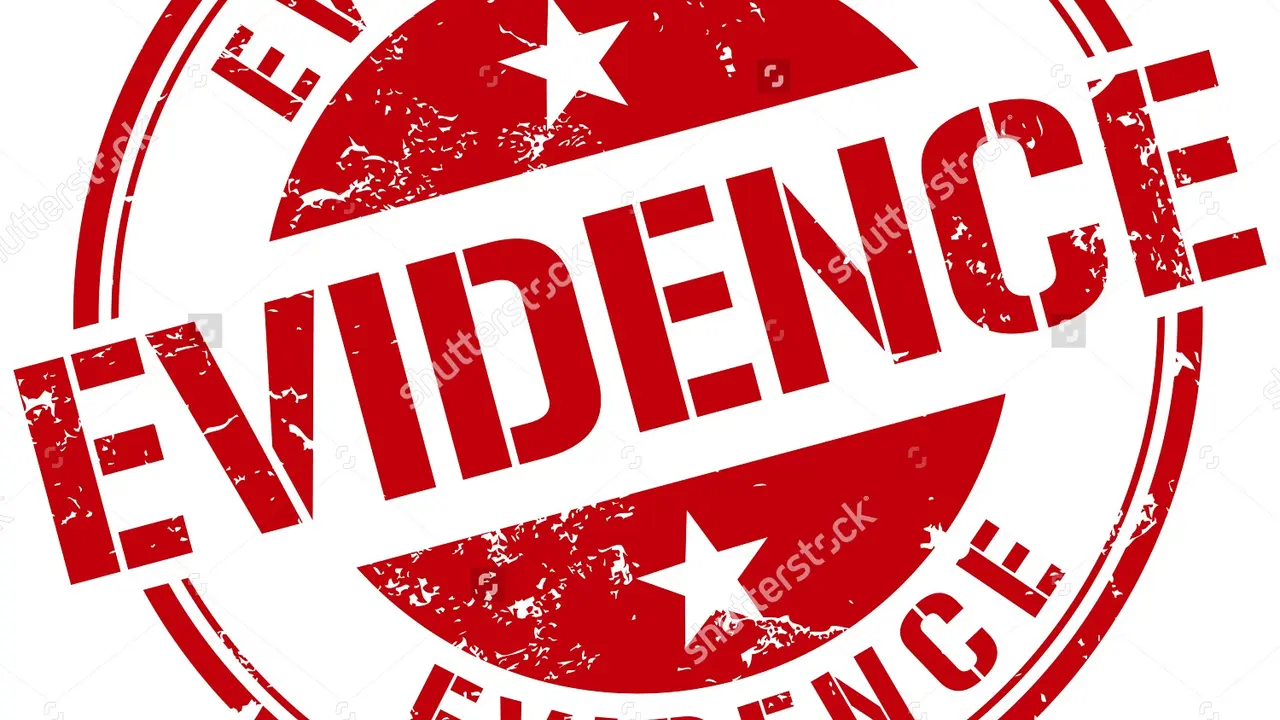Step 4: Working with the Insurance Adjuster Effectively

Understanding the Role of the Insurance Adjuster Insurance Claim Process
Okay, so you've reached Step 4! You've reported your claim, gathered your documents, and now you're face-to-face (or more likely, phone-to-phone) with the insurance adjuster. Who is this person, and why are they so important? Think of them as the gatekeeper to your claim. They're the insurance company's representative, responsible for investigating your claim, assessing the damage, and ultimately, determining how much you'll be compensated. Their job is to protect the insurance company's interests, which sometimes, though not always, can conflict with yours. Don't see them as your enemy, but definitely see them as someone you need to work with strategically.
Preparing for Your First Meeting with the Adjuster Insurance Claim Tips
Before you even pick up the phone or schedule that in-person meeting, do your homework. Review your insurance policy thoroughly. Understand your coverage limits, deductibles, and any exclusions. Knowing your policy inside and out will empower you during the conversation. Also, gather all the documentation you've collected so far – photos, videos, repair estimates, receipts, police reports, etc. Organize it logically so you can easily reference it. Finally, make a list of questions you want to ask the adjuster. This shows you're prepared and helps keep the conversation on track.
Communicating Clearly and Documenting Everything Insurance Claim Communication
Communication is key! When you talk to the adjuster, be clear, concise, and factual. Avoid emotional outbursts or exaggerations. Stick to the facts of the incident and the resulting damage. Most importantly, document everything! Keep a detailed record of every conversation, including the date, time, who you spoke with, and what was discussed. Follow up phone calls with emails summarizing the conversation. This creates a paper trail that can be invaluable if disputes arise later.
Negotiating Your Settlement Effectively Insurance Claim Negotiation
The adjuster will likely present you with a settlement offer. Don't feel pressured to accept it immediately. Take your time to review the offer carefully. Compare it to your own estimates of the damages. If the offer is too low, don't be afraid to negotiate. Provide the adjuster with supporting documentation to justify your counteroffer. Be prepared to compromise, but don't settle for less than what you're entitled to under your policy.
Understanding the Importance of Independent Assessments Insurance Claim Disputes
If you disagree with the adjuster's assessment of the damage, you have the right to obtain an independent assessment. Hire a qualified contractor, appraiser, or public adjuster to provide their own opinion. A public adjuster, in particular, works on your behalf and can negotiate directly with the insurance company. While it's an added expense (often a percentage of the settlement), it can be worth it if the adjuster's initial offer is significantly lower than the actual cost of repairs.
Leveraging Technology for Efficient Claims Management Insurance Claim Apps
These days, managing insurance claims is getting easier with technology. Consider using a claims management app. Apps like "Claimyr" or "FileClaim" (these are just examples; do your research to find the best fit) help you organize your documents, track communication with the adjuster, and even estimate repair costs. They can be a lifesaver when dealing with a complex claim.
Product Recommendations for Documenting and Protecting Your Property Insurance Claim Products
Here are some product recommendations that can help you document your property, protect it from further damage, and streamline the claims process:
1. Waterproof Camera: Olympus Tough TG-6 Rugged Camera for Damage Documentation
Use Case: Documenting water damage, mold, or other damage in wet or harsh environments. A smartphone camera might not be ideal in these situations. Features: Waterproof up to 50 feet, shockproof, crushproof, freeze-proof. Captures high-quality photos and videos. Comparison: The GoPro Hero series is another option, but the Olympus TG-6 excels in image quality and ease of use for still photography. Cheaper waterproof cameras exist, but the image quality is significantly lower. Price: Around $450.
2. Moisture Meter: General Tools MMD4E Digital Moisture Meter for Water Damage Assessment
Use Case: Detecting hidden moisture in walls, floors, and ceilings after a water leak. This helps prove the extent of the damage to the adjuster. Features: Measures moisture content in wood, drywall, and other materials. Easy to read digital display. Comparison: There are more expensive professional-grade moisture meters, but the General Tools MMD4E is accurate enough for most homeowner applications. Cheaper models may not be as reliable. Price: Around $30.
3. Smart Home Security System: Ring Alarm Security Kit for Preventing Further Loss
Use Case: After a burglary or other incident, a smart home security system can help prevent further loss and provide evidence for your insurance claim. Features: Motion sensors, door/window sensors, siren, keypad. Can be monitored remotely via smartphone. Comparison: Other popular options include SimpliSafe and ADT. Ring is generally considered more affordable and easier to self-install. Price: Starting around $200 for a basic kit, plus monthly monitoring fees (optional).
4. Dehumidifier: Frigidaire FFAD7033R1 70-Pint Dehumidifier for Water Damage Remediation
Use Case: Drying out a flooded basement or other areas affected by water damage. Prevents mold growth and further damage. Features: Removes up to 70 pints of moisture per day. Automatic humidity control. Continuous drain option. Comparison: Smaller dehumidifiers are available, but a 70-pint model is generally recommended for significant water damage. Consider features like automatic restart (in case of power outages) and a built-in pump for easier drainage. Price: Around $300.
5. Portable Generator: Westinghouse WGen7500DF Dual Fuel Portable Generator for Power Outages
Use Case: Providing power during a power outage caused by a storm or other event. Essential for running appliances and keeping your home safe. Features: Dual fuel (gasoline and propane). Electric start. Multiple outlets. Comparison: Smaller generators are available, but a 7500-watt model is powerful enough to run most essential appliances. Consider a model with an inverter for sensitive electronics. Price: Around $800.
When to Seek Professional Help Insurance Claim Legal Advice
Sometimes, despite your best efforts, you may encounter problems with the insurance adjuster. If you feel like you're being treated unfairly, if the adjuster is unresponsive, or if you simply don't understand your rights, consider seeking professional help. A lawyer specializing in insurance claims can review your policy, negotiate with the insurance company, and even file a lawsuit if necessary. While it's an added expense, it can be worth it if you're facing a significant loss.
Staying Organized Throughout the Process Insurance Claim Checklist
Dealing with an insurance claim can be stressful, but staying organized will make the process much smoother. Create a checklist of tasks, keep all your documents in one place, and track all communication with the adjuster. Remember, you are your own best advocate. By being prepared, informed, and persistent, you can navigate the claim process effectively and receive the compensation you deserve. Good luck!
:max_bytes(150000):strip_icc()/277019-baked-pork-chops-with-cream-of-mushroom-soup-DDMFS-beauty-4x3-BG-7505-5762b731cf30447d9cbbbbbf387beafa.jpg)






